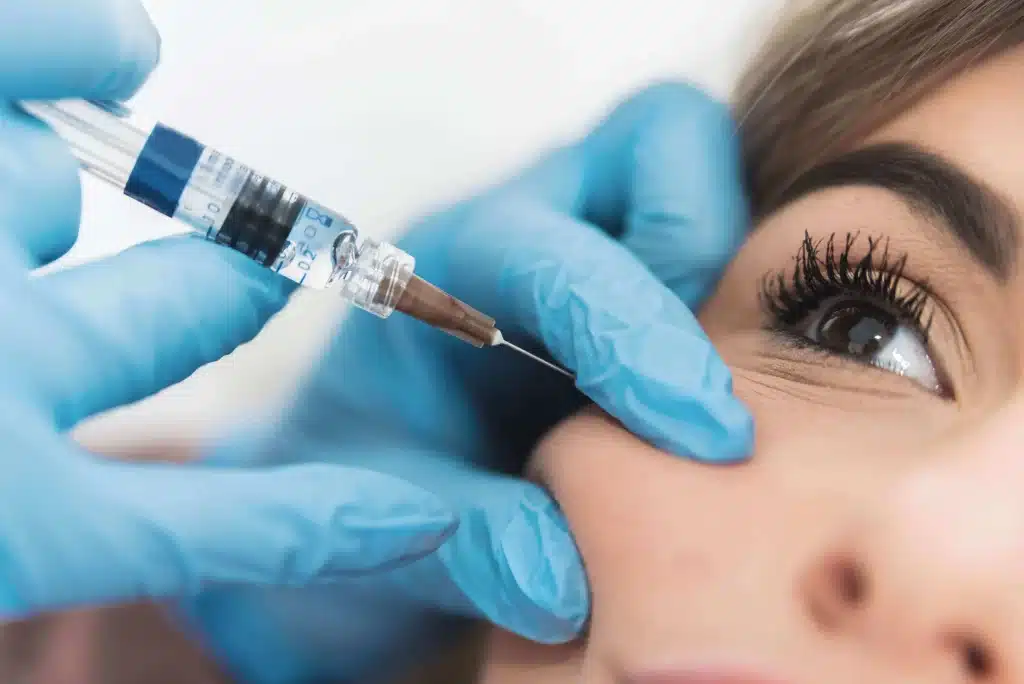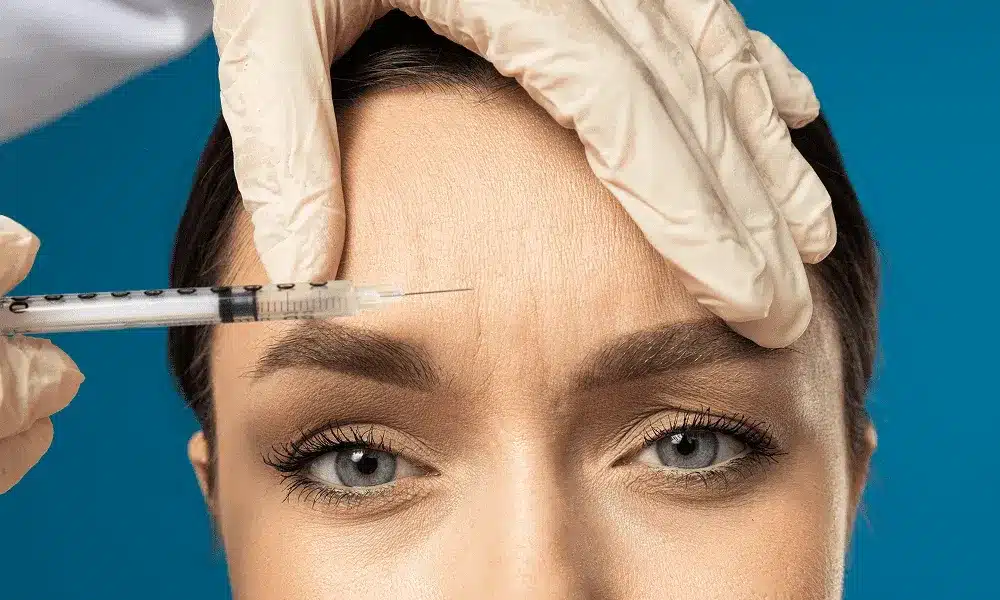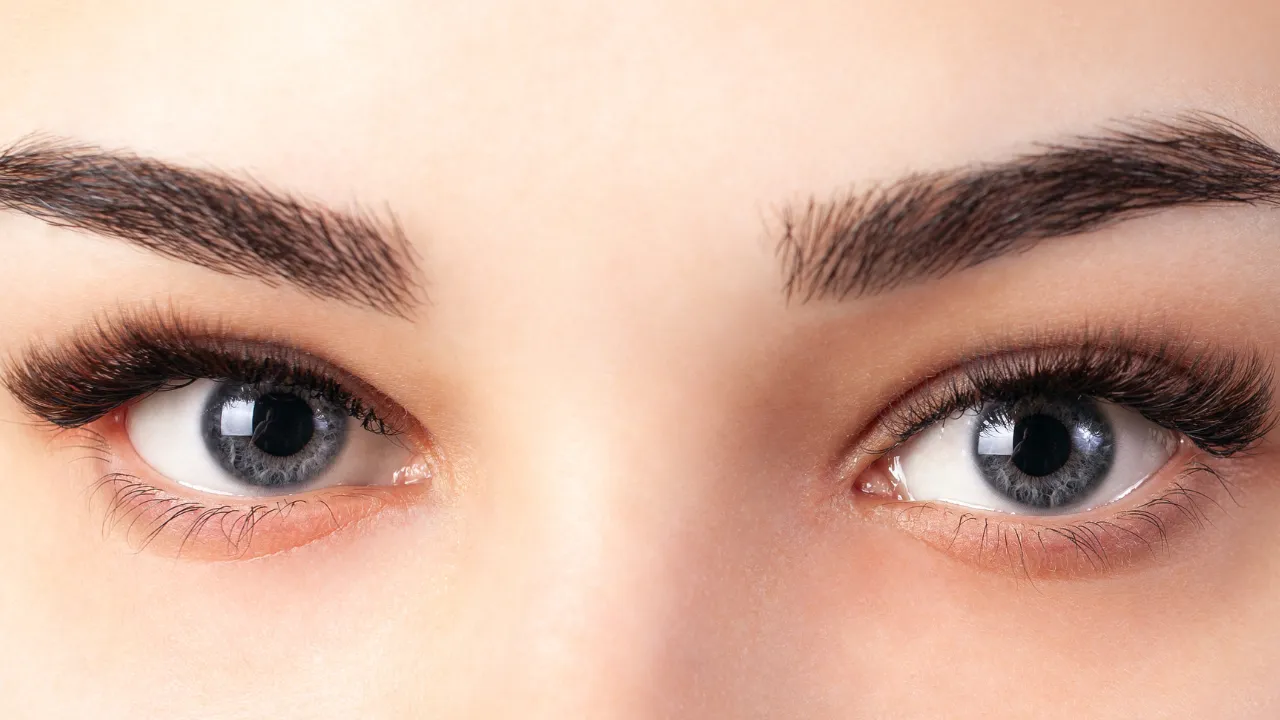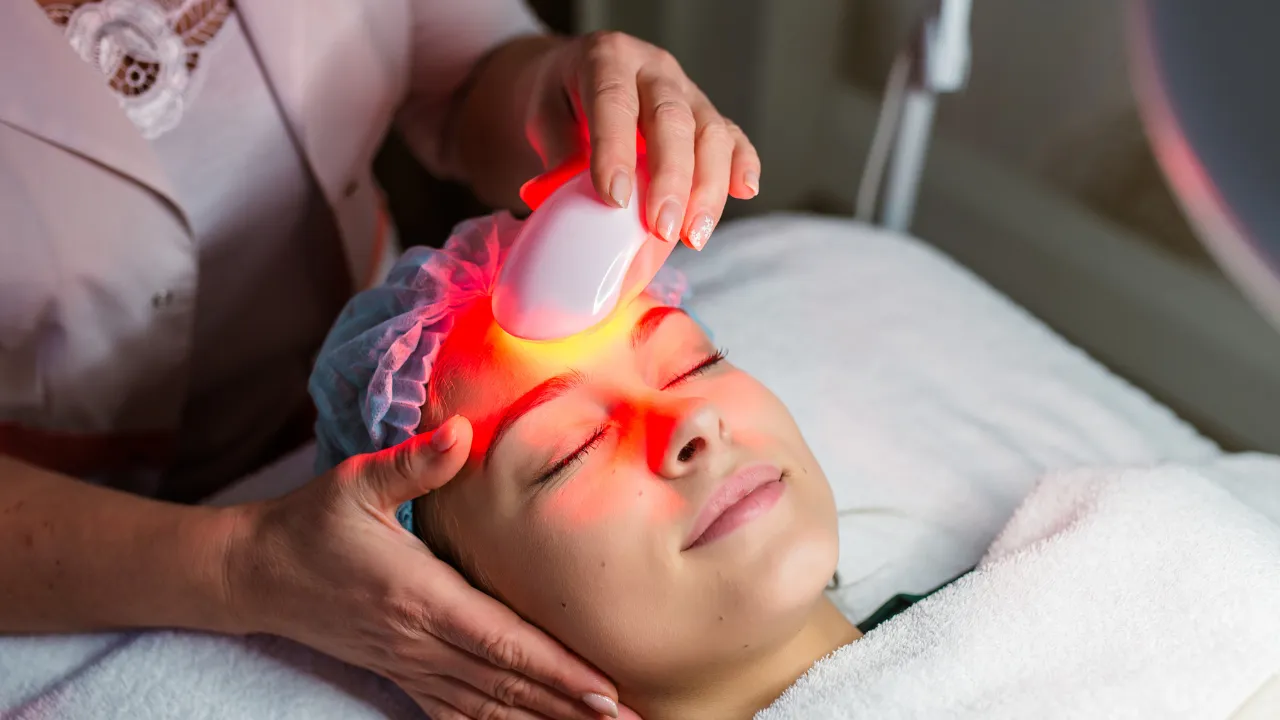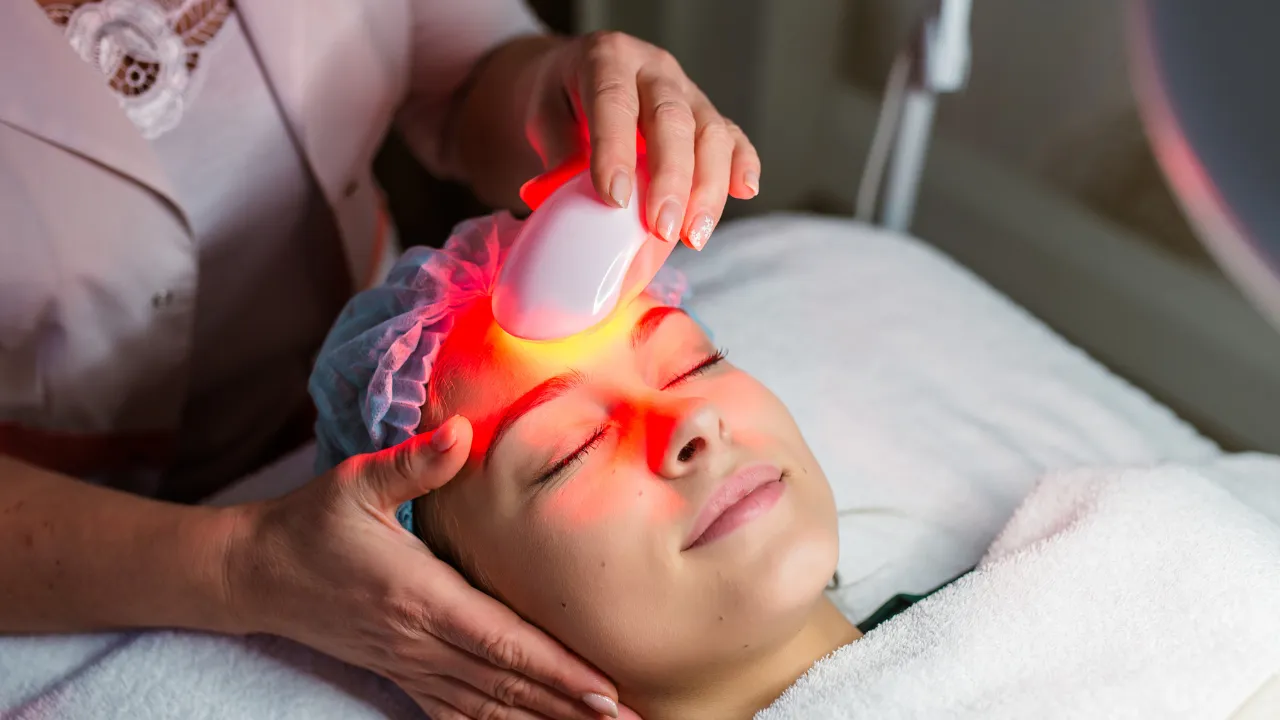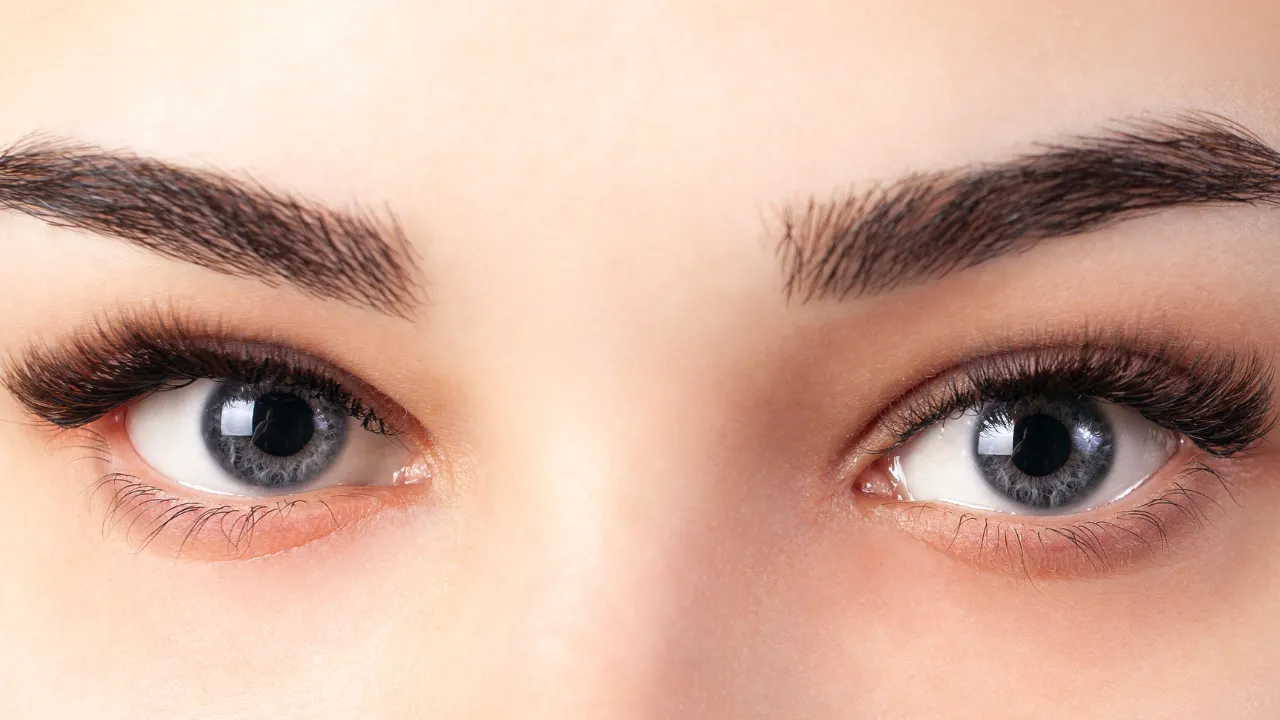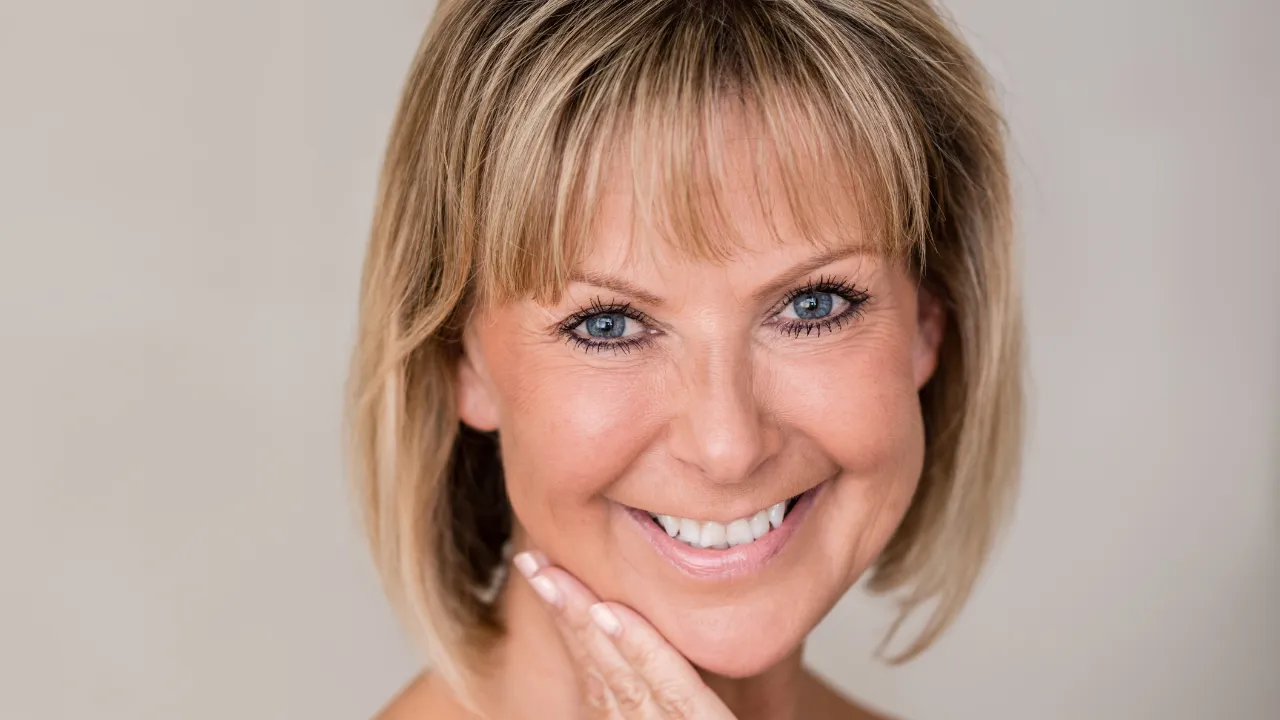Cheek filler danger zones are areas where major blood vessels, nerves, and fat pads sit close to the skin, increasing the risk of vascular occlusion and tissue injury if dermal filler is placed incorrectly.
These danger zones for cheek filler include the infraorbital region under the eyes, the angular artery near the nose, and areas close to the supraorbital and supratrochlear arteries, where improper placement may lead to side effects or adverse effects.
At Kopelman Aesthetic Surgery, patients receive guidance based on advanced knowledge of facial anatomy and accepted protocols. Dr. Kopelman uses methods that protect surrounding blood vessels and nerves while creating natural results that blend smoothly with the face. Understanding cheek filler danger zones helps patients make informed decisions about dermal filler procedures.
Key Takeaways
- Cheek filler danger zones exist near major arteries and nerves, which require precise injection depth and placement to reduce the risk of complications.
- Signs of vascular occlusion, such as pain, blanching, and temperature changes, require immediate medical attention to protect skin and vision.
- Slow injection flow, continuous motion, and proper cannula selection help prevent filler entering high-risk vessels.
- Certain patients with recent surgery, autoimmune conditions, or blood-thinning medications may need to delay treatment for safety.
- Choosing a qualified provider with advanced anatomical training is the most effective way to achieve natural-looking results while reducing risk.
Table of Contents
ToggleAre Cheek Fillers a High-Risk Procedure?
Cheek fillers are generally safe when performed by trained specialists who follow structured safety standards. The cheeks sit near key arteries and nerves, meaning careful technique during a filler injection is essential. Issues occur when injectors place product at the wrong depth or in areas with limited blood flow. Selecting an experienced provider remains the strongest protection when injecting dermal fillers.
Cheek Filler Effects to Expect
Common effects include mild swelling or tenderness that fade as the filler settles. Bruising and swelling can occur temporarily, especially in patients with sensitive tissue. Patients may notice improved cheek contour, lifted mid-face structure, and decreased hollowing from volume loss. These changes develop smoothly and can be adjusted later if needed.

Why Certain Facial Regions Are Risky
Some regions contain arteries that supply the eyes, skin, and nose. When filler enters these blood vessels, it can restrict circulation and create tissue injury. The supraorbital and supratrochlear arteries lie near the upper cheek region and can be affected if depth is not controlled. Because these structures sit close to the skin, only skilled injectors with proper injecting technique should treat these areas.
Additional Anatomical Considerations and Vascular Pathways
The cheek region contains arteries including the angular, dorsal nasal, transverse facial, and supraorbital branches. When filler enters these vessels, it may travel toward the ophthalmic artery and affect vision. Some areas have limited collateral circulation, increasing risk. Providers must maintain awareness of vessel pathways during filler injection.
Vessel Variability and Patient Differences
Facial arteries and their depth vary between patients. Gentle technique reduces the chance of contacting a vessel unexpectedly. Multiple anatomical layers require different injection depths depending on the targeted fat pad. Providers evaluate which level is safest based on the patient’s goals.
Cheek Filler Safety Zones and Danger Areas
Safety zones are areas where filler can be placed with less risk because major vessels sit deeper. Staying within safety zones supports lasting results and reduces discomfort. Danger zones for cheek filler include areas near the eyes and nasal sidewalls. Proper technique reduces the chance of vessel contact.
Patients exploring non-surgical options may consider a range of facial fillers, each designed for specific areas of the face and levels of support.
Where Not to Put Cheek Fillers
Providers avoid placing filler near inner eye corners, the side of the nose, or thin skin above major vessels. Injecting in these areas increases the risk of blockage. Some providers also avoid aggressive filling near nasolabial folds if surrounding arteries sit shallow. Patients should ask where product will be placed and why certain regions are excluded.
Additional High-Risk Micro Zones
Some micro zones near the eye and nasal bridge carry higher risk due to dense arteries. Maintaining a finger breadth of distance helps avoid contact with the angular artery. Slow placement prevents accidental vessel entry. Deep bolus injections should be avoided where vessels lie close to bone.
Most Dangerous Areas: Infraorbital and Arterial Zones
Arteries in the infraorbital region travel from the eye toward the cheek. Dermal filler entering these vessels can disrupt circulation and affect skin appearance. The vascular network can also send filler toward the eye. Conservative volumes reduce these risks.
Layer-Based Injection Risks
Depth affects both safety and appearance. Deep injections may contact arteries and nerves, while shallow placement may create lumps. Providers avoid the infraorbital foramen, which sits millimeters below the orbital rim. Contact here can cause numbness.
Risks of Filler in Cheeks
Risks vary based on product placement and depth. Some involve swelling or redness, while others relate to reduced blood supply. Blanching requires immediate contact with the provider. A small number of patients may experience temporary adverse effects, which fall under mild side effects that usually resolve with proper care.
Signs of Vascular Occlusion
When blood flow becomes restricted, skin may turn pale or blotchy. Pain or coolness require rapid attention. Early treatment may reverse damage. Quick response improves outcomes.
Severe Complications and When to Get Emergency Help
Rare complications include tissue injury or vision problems. These require immediate action from a trained professional. Do not wait for symptoms to improve. Prompt care reduces long-term effects.
How to Avoid Arteries When Injecting Filler
Skilled injectors study vessel pathways and adjust depth and angle. They place the product slowly and check patient comfort. Knowledge of cheek filler danger zones guides safe placement. Patients should not receive treatment from inexperienced providers.
Slow Injection Flow and Pressure Management
Slow flow reduces the chance of forcing filler into a vessel. Controlled doses settle more evenly across tissue layers. High pressure collapses vessels and blocks circulation. Gentle movement improves comfort.
Injectors may aspirate to check vessel contact. While not guaranteed, it adds safety. Combined techniques lower complication rates. Training supports safe use of these methods.
When to Choose a Cannula
A cannula glides through soft tissue rather than piercing vessels. Providers may use them in higher-risk zones. Cannulas reduce bruising because they disrupt fewer layers. Patients often experience smoother recovery.
Who Should Avoid Cheek Filler?
Some patients should postpone treatment. People with active infections, immune conditions, or previous reactions should seek guidance. Patients with unrealistic expectations may need alternatives. Honest discussion supports safe planning.
For patients seeking a more structural improvement, a procedure such as cheek augmentation NYC can help create longer-lasting contour and balance in the mid-face.
Medical Conditions and Medications
Blood thinners increase bruising. Autoimmune diseases may affect healing. Patients should disclose prescriptions and supplements. Transparency helps the injector plan safely.
Recent Surgery Considerations
Patients who recently underwent facial surgery should wait. Healing tissue can distort placement. Waiting allows the face to stabilize. This supports natural results.
Safe Aftercare and Recovery Tips
Patients should avoid strenuous exercise and heavy pressure for 24 hours. Sleeping on the back helps protect the cheeks. Drinking water supports filler integration. Avoid makeup until redness fades.
Expected Recovery Timeline
Most patients return to routine activities within days. Minor swelling may appear for a week. As filler settles, the cheeks gain a natural look. Results are visible within two weeks.
How to Manage Swelling and Bruising
Cold compresses reduce swelling. Elevating the head supports circulation. Some patients use gentle products like arnica with approval. Bruising clears within several days.
Risks Near the Parotid and Masseter Regions
Deeper injection near the parotid gland may cause swelling or disrupt ducts. Providers avoid deep placement to prevent discomfort. Patients should mention previous sensitivity. This supports safe planning.
The masseter muscle sits near facial vessels. Deep injections may cause temporary numbness or uneven volume. Evaluating muscle structure helps avoid contact with nearby vessels. This improves results.
Choosing a Qualified Provider
Patients should choose injectors with advanced anatomical knowledge. Providers trained in facial plastic surgery understand cheek filler danger zones. Reviewing photos helps set expectations. Ask about safety planning.
Credentials and Training to Look For
Look for board certification. Advanced training improves outcomes. Certifications show commitment to safety. Patients should never feel rushed. Reviewing cheek implants before and after photos can help patients compare surgical and nonsurgical results and choose the approach that best fits their goals.
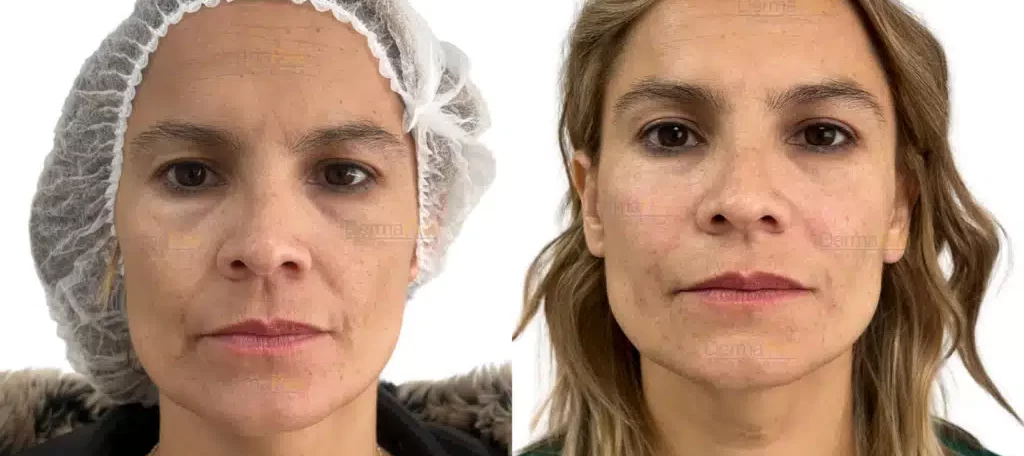
Warning Signs to Avoid
Avoid providers who skip medical history or promise instant perfection. Poor communication may lead to unsafe decisions. Reliable providers outline emergency plans. Transparency builds trust.
Disclaimer and Medical Safety Guidance
This information supports informed decision-making but does not replace medical evaluation. Patients should seek guidance from trained specialists. At Kopelman Aesthetic Surgery, Dr. Kopelman provides precise assessments to help patients reach aesthetic goals safely.
Following professional instructions supports natural results while reducing risk around cheek filler danger zones and related concerns. Contact Kopelman Aesthetic Surgery to schedule an appointment and receive a personalized plan.

